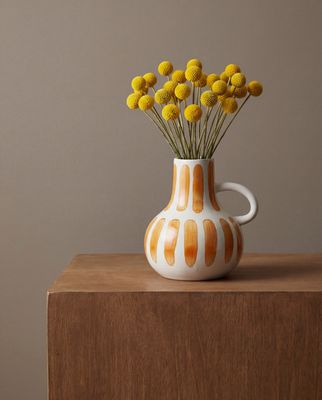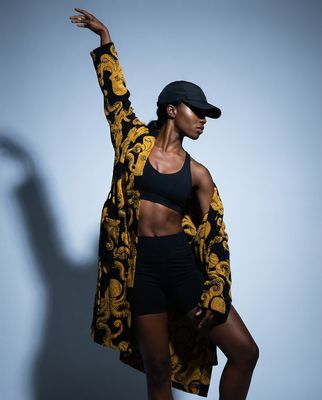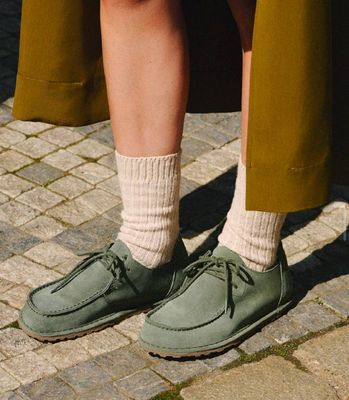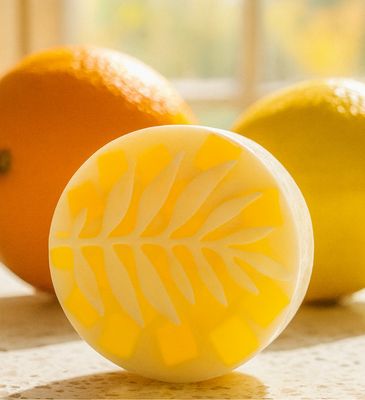Everything about the color Hazel
The meaning of the color hazel and color combinations to inspire your next creation.
Browse images in the color hazel
What color is hazel?
Hazel is a warm, earthy color that sits between brown and green on the color spectrum. It often evokes the natural tones of autumn leaves or the subtle hues of hazel eyes.
What are similar colors to hazel?
For variations within the same warm and earthy spectrum as hazel, consider:
- Taupe (#483C32) shares hazel's earthy tone with a slightly more muted and grayish undertone.
- Sage (#BCB88A) offers a greenish tint that complements hazel's natural vibe.
- Olive (#808000) has a similar earthy quality with a more pronounced green hue.
- Khaki (#F0E68C) is lighter but shares hazel's earthy warmth.
- Tan (#D2B48C) provides a lighter, sandy version of hazel's warm tones.
What color goes with hazel?
To complement hazel's warm, earthy tones, consider pairing it with:
- Teal (#008080) provides a cool contrast that enhances hazel's warmth.
- Burgundy (#800020) adds a rich, deep accent that pairs well with hazel's earthy tones.
- Ivory (#FFFFF0) offers a soft, neutral backdrop that highlights hazel's warmth.
- Coral (#FF7F50) introduces a vibrant, warm contrast that complements hazel's earthy nature.
- Lavender (#E6E6FA) adds a touch of elegance with its soothing, purple-tinged hue.
What color conflicts with hazel?
To avoid clashing with hazel's earthy warmth, consider avoiding:
- Black (#000000) can overpower the subtlety of hazel.
- White (#FFFFFF) risks washing out hazel's warm tones.
- Gray (#808080) could dull the vibrancy of hazel.
- Blue (#0000FF) may create a stark contrast that conflicts with hazel's warmth.
- Silver (#C0C0C0) might clash with hazel's earthy undertones.
What does the color hazel represent?
Hazel often symbolizes balance and stability, reflecting the harmonious blend of earthy tones. It is associated with nature and the changing seasons. Psychologically, hazel can evoke feelings of warmth and comfort, offering a sense of grounding and connection to the earth. In art and design, hazel is used to create a natural, organic feel, often serving as a neutral backdrop or accent that complements bolder colors.
What's the history of hazel?
The name "hazel" originates from the Old English word "hæsel," referring to the hazel tree and its nuts. Historically, the color was associated with the natural hues of hazel eyes and the wood of the hazel tree. In modern times, hazel is used in fashion and interior design to evoke a sense of warmth and natural beauty.
Color Variations
Shades
Tints
Hues
Color Palettes
Monochromatic
Complementary
Analogous
Triadic
Tetradic
Images with hazel color
Color Conversions
#8E7618rgb(142, 118, 24)rgb(56%, 46%, 9%)0, 17, 83, 44hsl(48, 71%, 33%)48, 83, 56#8E761850, 0, 5118, 19, 450, 51, 9010001110, 01110110, 00011000Color(red: 0.5568627450980392, green: 0.4627450980392157, blue: 0.09411764705882353)UIColor(red: 0.5568627450980392, green: 0.4627450980392157, blue: 0.09411764705882353, alpha: 1.0)Color(0xFF8E7618)










